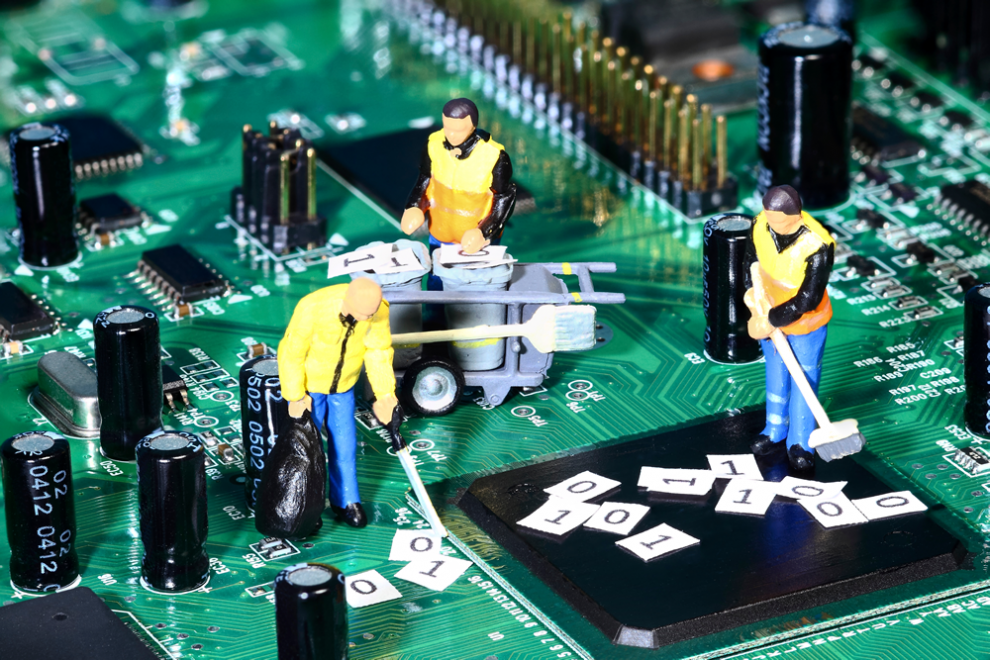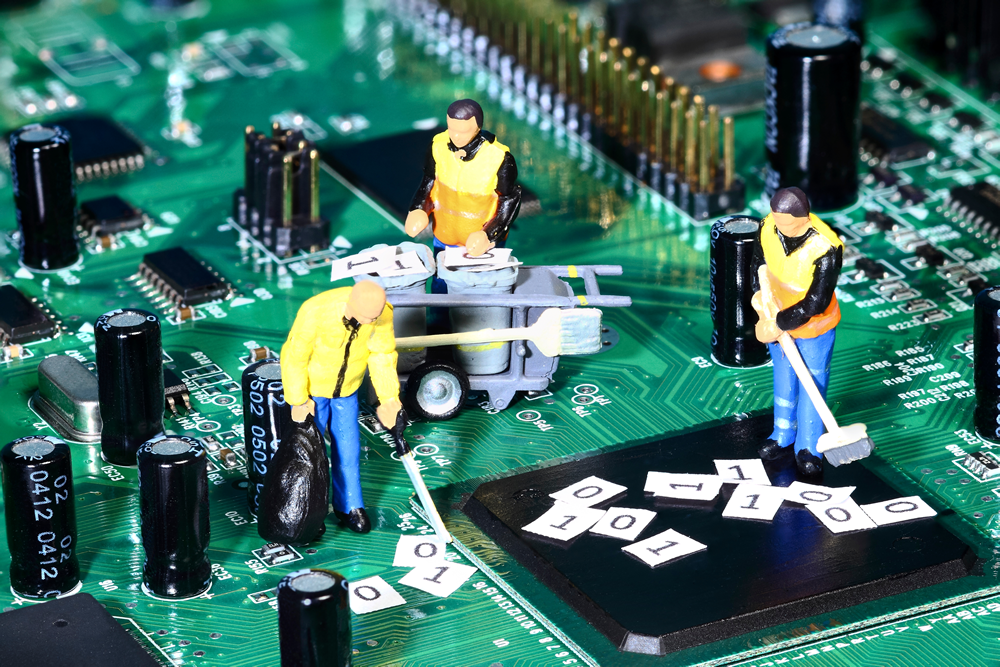Electronics are being deployed in an increasingly wide range of environments, from consumer devices to industrial machinery to autonomous vehicles. This expanding role is driving innovations to make electronics more reliable and robust in the face of stresses like heat, vibration, moisture, and power fluctuations. Advances in reliability are enabling electronics to deliver safer, higher-performing systems across applications.
Protecting Against Thermal Extremes
Many electronic components are vulnerable to damage or failure under high temperatures. But applications like automotive electronics, aerospace systems, and industrial automation require electronics that can operate in hot environments up to 125°C or beyond.
New materials, packaging methods, and circuit designs help electronics withstand thermal stresses. For example, advanced substrates like ceramic allow better heat dissipation from high-power chips. Encapsulation compounds improve thermal conduction and reduce thermal expansion differences between components. And better thermal modeling guides intelligent placement of heat-sensitive elements.
As Liang Downey, Senior Reliability Engineer at Nvidia noted, “Thermal management is crucial for maintaining performance and longevity as power densities continue to increase. Our graphics processors leverage sophisticated techniques to monitor and adapt to thermal conditions.”
At the other extreme, military and aerospace applications require electronics hardy enough to operate down to -55°C. Robust device physics and lower-temperature solders maintain performance in frigid conditions.
Guarding Against Vibration and Shock
Electronics in transportation, industrial, and defense settings experience constant vibrations that can damage solder joints, induce component fatigue, and cause failures over time. Protection against vibration and shock requires a system-level approach.
Careful printed circuit board (PCB) design avoids resonances and reduces accelerations. Dampening materials like rubber gaskets isolate components from chassis vibrations. Robust solders and adhesives withstand flexing. And shock-absorbing mounts buffer against impacts.
Mihir Dharia, Senior Manager of Hardware Engineering at Amazon Lab126, commented: “We rigorously test our electronics against mechanical shock and vibration to ensure durability in-the-field. This enables customers to confidently use devices like Kindle readers anywhere.”
Shielding Against Moisture and Contaminants
Many electronics need protection against environmental moisture and contaminants like dust and chemicals. Sensitive components are coated in protective materials like parylene or epoxy. Whole circuit boards can be encased in plastic or even metal housings for more demanding conditions.
Hermetic sealing with gases like dry nitrogen extends shelf life. Conformal coatings provide moisture barriers over circuitry. And hydrophobic treatments make surfaces water-repellent to avoid corrosion and leakage currents.
Mark Poliks, VP of Systems Technology Development at BAE Systems, explained: “We leverage extensive environmental conditioning to ensure our defense electronics operate reliably in all conditions – from deserts to tropical rainforests to salt-spray coastal environments.”
Hardening Against Electrostatic Discharge
A major threat even in benign environments is electrostatic discharge (ESD). As little as 10 volts can permanently damage electronics if discharge pathways are not provided.
ESD prevention starts with materials selection. Dissipative polymers avoid charge build-up. ESD-safe handling procedures are essential during manufacturing and service. On-board protection devices shunt energy away from sensitive nodes. And testing ensures compliance with IEC 61000-4-2 Air Discharge standards.
Rajeev Thakur, Reliability Engineering Manager at Texas Instruments, said: “We continually enhance ESD protection on our integrated circuits and educate customers on best practices to reduce harmful ESD events over product lifetimes.”
Addressing Power Integrity Challenges
Today’s electronics must maintain stable operation as power supplies shrink and input voltages fluctuate. Voltage spikes and ripple can disrupt function or even damage components permanently.
Careful circuit partitioning avoids coupling noise between analog and digital blocks. Added capacitors smooth power ripple. Voltage regulators with fast response times maintain steady output voltages. And improved modeling optimizes power distribution on circuit boards.
As Steven Woo, Distinguished Inventor at Rambus Inc., commented: “Delivering robust power distribution and integrity at leading-edge process nodes is critical to reliability. We leverage multiple techniques from the transistor level to the system level.”
Guaranteeing Functional Safety
Many applications demand guarantees of functional safety even with partial internal failures. This requires redundancy, error detection circuitry, and fault-tolerant system architectures.
In multi-core processors, redundancy is built in via parallel cores with lock-step execution and results comparison. Error-correcting memory protects against data loss. And hardware monitors allow fail-safe operation or graceful shutdown when limits are exceeded.
According to Karim Arabi, Technical Staff at GE Research, “We build diagnostics deep into industrial electronic systems to detect faults early and reconfigure control loops to maintain safe operations until maintenance.”
Validating Reliability through Testing
Extensive testing under accelerated conditions ensures electronics meet target reliability goals across the required lifespan. Stresses like high temperature, vibration, and voltage margins are applied to weed out design weaknesses before products ship.
Statistical techniques like Weibull analysis help validate and improve reliability based on test results and field data. And ongoing design reviews identify opportunities to enhance robustness as new materials and techniques become available.
Michelle Avila, Distinguished Engineer at Microsoft, commented: “Maintaining high reliability begins in design and extends through ongoing quality testing. Customer experiences show that rigorous validation delivers products that thrive in the real world.”
In summary, reliability and robustness are crucial for electronics operating in demanding environments and mission-critical systems. Ongoing innovation in materials, packaging, circuit design, modeling, and testing delivers electronics that offer higher performance with longer functional lifetimes. And greater reliability allows manufacturers to confidently deploy electronic systems in new applications, driving improved safety and efficiency across many industries.

















